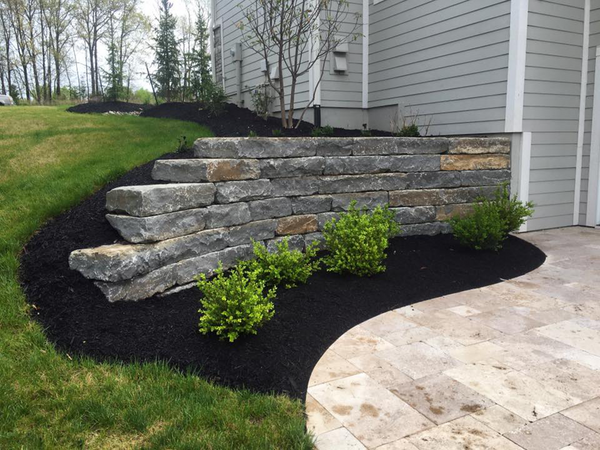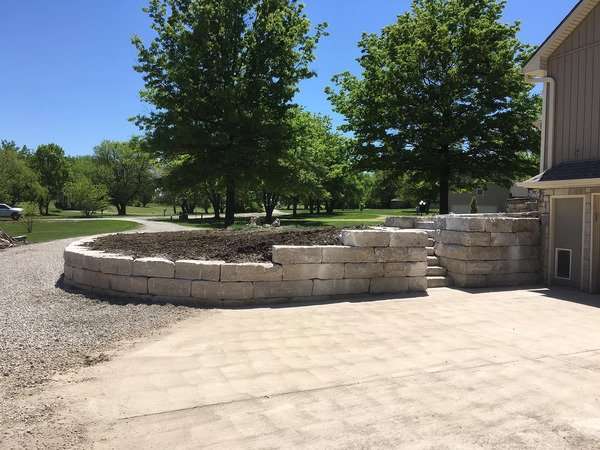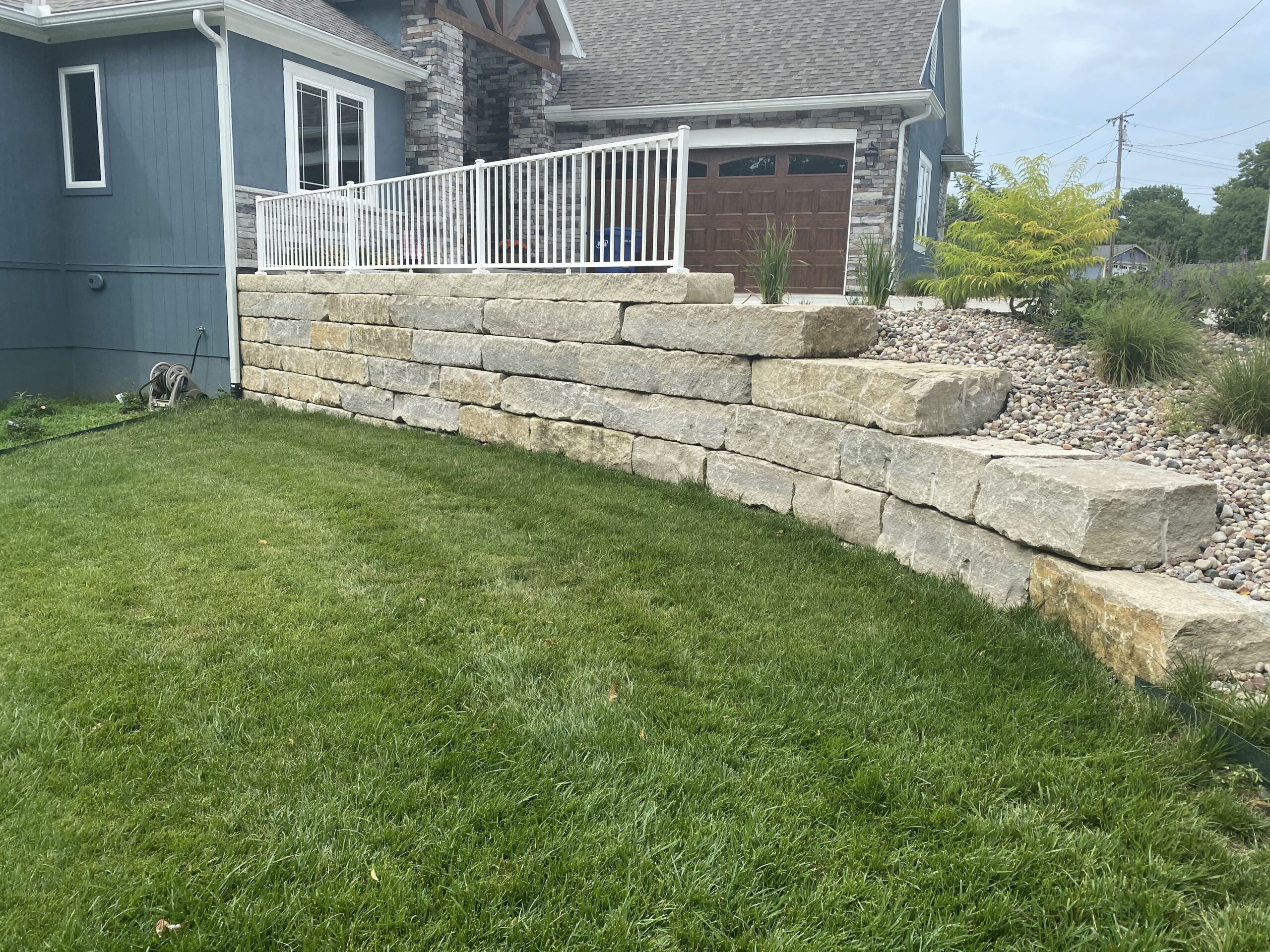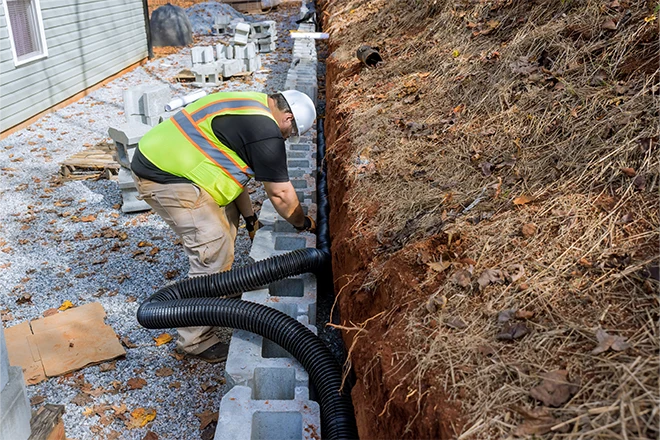People In Kansas City, Missouri Are Investing This Much To Create More Usable Space To Enjoy Around Their Homes

We want you to know as much as you can about retaining walls before you invest in one. They’re great for creating more usable space you can use for a garden, water feature, and more!
In this post, you can find out how much retaining walls cost per foot to install. You can also find out some of the main reasons the cost can change.
Our Yard Needs One
“Our yard needs a retaining wall?” asks Jennifer.
Michael nods quickly. “Yes. We could do so much with the area a retaining wall would open up for us. We could level out some of our yard and use that new area for plants, a water feature, or some sort of landscaping project. It could also help with our drainage problem.”
Jennifer smiles at the idea. “More space for more projects?! Count me in. We’ll need to find stone retaining wall installers near us. It would also be good to look up how much retaining walls cost.”
Michael unlocks his phone. “Let’s go ahead and start with the cost. Then we can move on to materials or whatever.” He starts searching Google for answers.
Here is what he finds:
How Much Retaining Walls Cost Per Foot To Install

Retaining walls cost anywhere from $40 to $100 per square foot of the face, meaning length and height. This is just for the material, though. The cost mainly changes based on the size, material choice, and what your yard is like.
Why These Main Factors Change How Much A Retaining Wall Costs

Size. Larger retaining walls take more time, labor, and materials to build. Bigger yards tend to need larger retaining walls. Size also depends on what you’re using the retaining wall for.
Material choice. Materials that are rarer or harder to find will increase the cost to build a retaining wall. They’re harder to get and cost more to manufacture. Some materials include cinder blocks, poured concrete, wood timbers, and boulders.
Your yard. Yards that are harder to work with increase the cost. For example, clay soils tend to hold more moisture and are heavier. This means any retaining walls need extra support.
You May Also Like To Know
“What else should we try to find out about retaining walls before we call a contractor?” asks Jennifer. “Let’s look through the other stone retaining wall posts and see what we can find,” suggests Michael.



